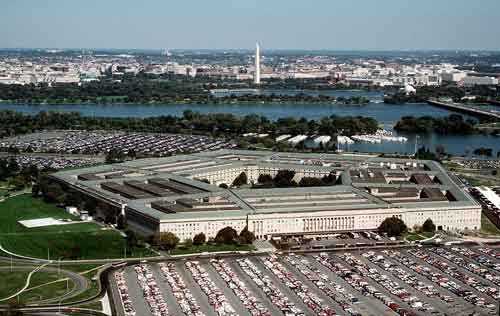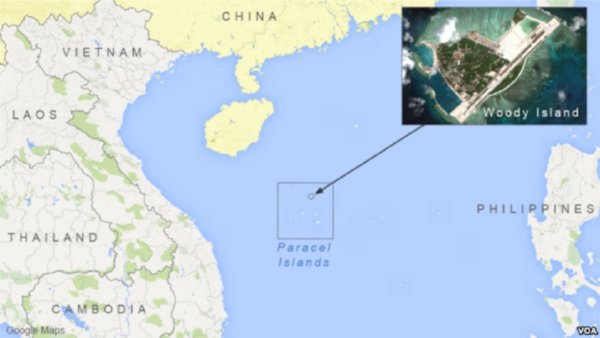The U.S. military has flown two unarmed B-52 bombers near disputed islands in the East China Sea, defying an attempt by China to wrest control of the territory from Japan.
China’s defense ministry said Wednesday it monitored “the entire course of the flights and identified them in a timely way.” It warned “China is capable of exercising effective control” over the area.
The Pentagon said the Monday flights did not trigger an immediate response from Beijing, which two days earlier declared the airspace part of a new air defense zone. China warned all aircraft to identify themselves before entering the area and to obey all orders from Beijing.
U.S. officials described the Monday flights as part of long-planned and routine training missions, but analysts say it was a clear message that Washington will not recognize China’s attempt to establish control over the area.
Ralph Cossa of the Hawaii-based Pacific Forum told VOA the B-52 flights were a “quick and appropriate” response to what is seen by many as a Chinese escalation.
“I think it was important to quickly demonstrate that we were not going to essentially allow the Chinese to start carving out international airspace that others cannot use,” said Cossa.
China published coordinates for the so-called East China Sea Air Identification Zone on Saturday and warned it would take emergency defense measures to enforce its claim. Now, it is unclear to what extent China will enforce the new rules.
Herman Finley, an associate professor at the Asia-Pacific Center, told VOA that while it is not likely China will back down, it is probably not looking for a confrontation at this time.
“[The Chinese] push, they see what the reaction is, and then they push back when they see there’s an opportunity. They’ve made their point. They’ll wait and see when there’s an appropriate, relatively predictable time to reassert their prerogatives,” said Finley.
Some analysts have described the Chinese move as a miscalculation, saying it may have underestimated U.S. resolve to protect the interests of its ally, Japan.
Michael McKinley with the Australia National University told VOA that China is “pushing its luck” in this regard.
“It’s attempting to see what is in the realm of the possible and the tolerable. The problem is that it’s going to run into increasing resistance, particularly from those who think it would be better now rather than later to confront China with some higher form of force,” said McKinley.
The flights over the uninhabited islands — known as the Senkaku in Japan and the Diaoyu in China — came one week before U.S. Vice President Joe Biden is scheduled to visit Beijing as part of a week-long trip to the Asia-Pacific region.
Biden is expected to voice U.S. concerns to Chinese officials about the increasingly tense situation, which comes as Beijing seeks to lay claim to large swaths of the East and South China seas.
Japan annexed the islets in the late 19th century, and China claimed sovereignty over the archipelago in 1971. Beijing linked its claims to ancient maps it says shows the territory has been Chinese for centuries.
The festering China-Japan dispute is one of several maritime controversies pitting China against Southeast Asian nations, including the Philippines, Vietnam, Brunei and Malaysia.
Beijing has indicated a willingness to negotiate the disputes, but has so far rejected calls for multilateral talks. Chinese leaders would prefer separate talks with each country.
Source: VOA





